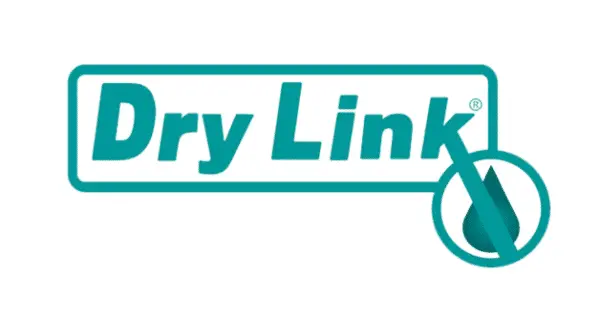Simple Design
The compact and lightweight design of Dry Link couplings ensures that manoeuvrability is maximised, and also means that the couplings can be fit into tight spaces. DryLink ensures a secure flow shut-off is achieved, and the interlock mechanism prevents any accidental opening.

Applications
Due to the highly-secure coupling performance and lack of spillage on separation, DryLink is the ideal solution for numerous industries. Dry Link has been used to secure fluid transfer in the chemical, petro-chemical, biotechnology, pharmaceutical and food industries. The drip-free coupling is ideal for high-flow, high-viscosity, hazardous and hygienic applications.
Find out more
Discover more about our revolutionary Dry disconnect hose fittings here. To discuss your requirements with a member of our expert team, please contact us by calling, sending us an email, or by submitting an enquiry form.
DryLink FAQs
Why are DryLink Couplings Better than a Standard Fitting?
Unlike other couplings from the camlock or quick disconnects range, Dry Link couplings boast either a minimal ‘smear’ spill or a true dry disconnection (minimal ‘spotting’). This makes this range of fittings some of the best engineered and designed connections available on the market today. When the application demands a no drips, non-spill connection, a dry break coupling is the first and only choice.
Which Dry Break Connection Should I Use?
There are many different dry-break couplings so considering the following points will help you make the best choice for your application.
- Valve Type: Flat-Faced Valves, a Ball Valve or a Butterfly Valve – The valve type affects the performance of the couplers flow rate and spillage.
- Acceptable Level of Spillage: Prevention of spillage on disconnection is the main reason for using a dry break coupler, but the acceptable level will vary greatly according to the application and environment. Consider how critical this is to your media or application.
- Pressure Drop: Flow rate will vary greatly from one coupler type to another.
- Interchangeability: Are there already couplings in use with which the couplings must interchange or is it important that the new couplings will not mate with existing fittings on the site?
- Method of Operation & Ease of Use: The position of the connection or the familiarity of the operative with the design, may make one type of coupling more suitable than another.
- Weight and Size: Weight will be important to the operator when moving the hose according to the frequency of the connection, while size may also be critical e.g. when the coupling must fit within the envelope of an IBC (intermediate bulk container).
- Temperature/Pressure/Media/Nominal Bore: Check the size of the connection, and the required pressure and temperature of the media – all will have a bearing on the materials, and size of the coupling that you will need.
- Safety for the Operative & the Environment: Apart from the level of spillage, prevention of accidental disconnection should also be considered. This can be achieved with a mechanical interlock so that disconnection is only possible when the valve is closed.
- Avoiding Cross-Contamination: Accidental connection of the wrong hose line can have serious consequences. Mechanical “keying” of the coupling or the fitting sensors is an option, which will prevent this from accidentally happening.
This list is not exhaustive. Experience has shown that every new application brings different factors to bear in the best choice of dry break couplings. We are always on-hand, and happy to discuss your specific requirements with you.
When Shouldn’t you use a DryLink Coupling?
Dry Link Couplings are versatile and have a wide range of material, size, and design options. They can be used in the majority of applications. However, if it is only a simple connector you need and spillage is not a problem, you may like to consider camlocks or quick disconnects. Whatever your needs or budget, we will have a fitting to suit your application.




